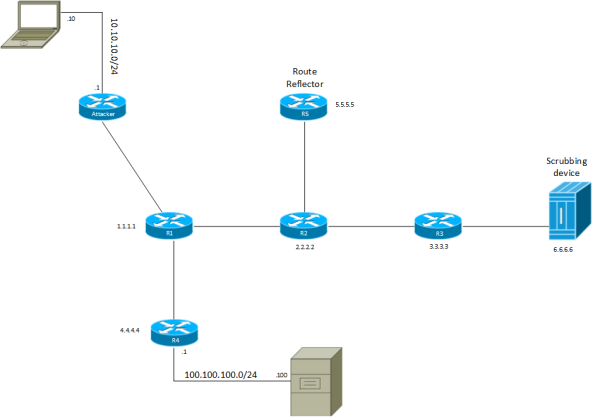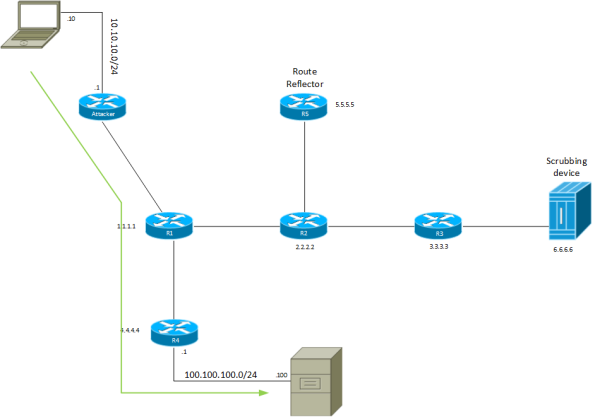Linking Purpose to Profits
by Andy McFarland, VP of Customer Care - July 8, 2014
Three bricklayers were working side by side. When asked, “What are you doing?” the first bricklayer replied, “I’m laying bricks.” The second bricklayer was asked and he answered, “Feeding my family.” The third bricklayer when asked the question, “What are you doing?” responded, “I’m building a cathedral.”
This story illustrates the power of purpose. In a previous post I suggested that we are all in the customer service business, and I posed some questions to help teams see linkages between what they do and how that impacts customers and the company. The reason this is so important is because purpose leads to employee engagement, which leads to profitability.
To maximize our personal satisfaction and employee engagement, we need three ingredients: purpose, autonomy, and mastery. (See Daniel Pink’s explanation in this video.) As leaders we must work relentlessly to break down barriers to allow our people the freedom to thrive.
To help people understand the purpose of their work, leaders link tasks to outcomes and benefits. Some people see linkages naturally, while others require leaders to communicate Continue reading






